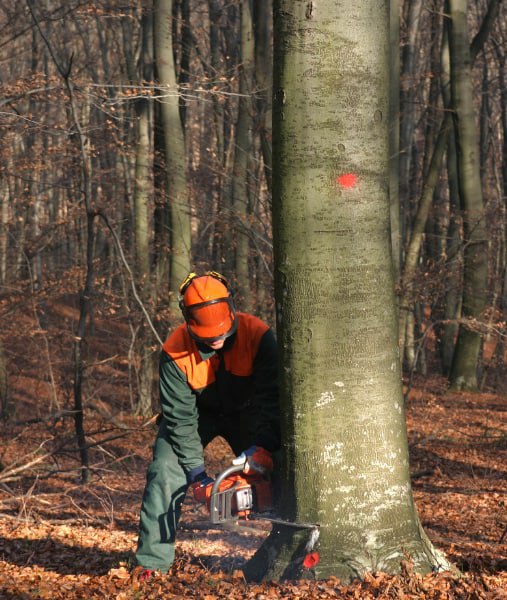
Introduction: Proper tree care involves a range of techniques, including pruning, to ensure the health, safety, and aesthetics of your trees. When removing branches, one essential practice is branch collar pruning. This technique promotes tree health and helps prevent damage and decay. In this blog post, Sittingbourne Tree Surgery will guide you through the importance of branch collar pruning and how to do it correctly.
Understanding the Branch Collar
The branch collar is the slightly swollen area at the base of a branch where it connects to the main trunk or parent branch. Recognising and understanding the branch collar is crucial, as it plays a vital role in the tree’s natural defence against disease and decay.
The Importance of Branch Collar Pruning
Proper branch collar pruning offers several benefits:
- Minimises Injury: Pruning at the branch collar reduces the risk of damaging the main trunk or parent branch. When done correctly, it promotes a clean and natural healing process.
- Encourages Healing: By leaving the branch collar intact, the tree can more effectively compartmentalise the wound, preventing the spread of decay and pathogens.
- Promotes Tree Health: Pruning at the branch collar helps maintain the tree’s overall health, reducing the stress and shock that improper cuts can cause.
Branch Collar Pruning Steps
Follow these steps to perform branch collar pruning correctly:
- Identify the Branch Collar: Examine the branch’s base to locate the branch collar. It often appears as a raised or swollen area where the branch meets the trunk or parent branch.
- Select the Right Location: Decide where you want to cut. Ideally, it should be just outside the branch collar, leaving the collar itself intact.
- Make an Undercut: Start by making an undercut about one-third of the way through the branch from the bottom, a few inches from the trunk. This prevents the branch from splitting and tearing the bark when you make the final cut.
- Make the Final Cut: Move a few inches farther along the branch and make a clean, precise cut from the top, just outside the undercut. The branch should fall away cleanly, leaving a small stump and collar intact.
- Prune Small Branches without an Undercut: For smaller branches, you can make a single, clean cut just outside the branch collar without an undercut.
- Please dispose of the Branch: Remove the pruned branch and dispose of it properly, as diseased or infested branches can still pose a risk to the tree.
Conclusion: Branch collar pruning is an essential technique in proper tree care. By understanding the role of the branch collar and following the correct pruning steps, you can help ensure the health and longevity of your trees. Sittingbourne Tree Surgery encourages homeowners to practice branch collar pruning when necessary or consult a certified arborist for professional tree care. Remember that proper pruning enhances the beauty of your trees and contributes to their overall well-being.
Call us on: 01795 718990
Click here to find out more about Sittingbourne Tree Surgery
Click here to complete our contact form and see how we can help with your tree’s needs.